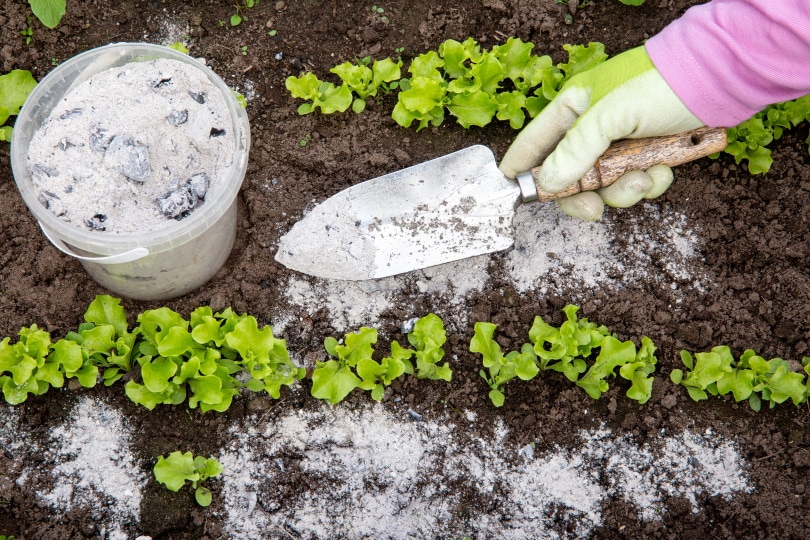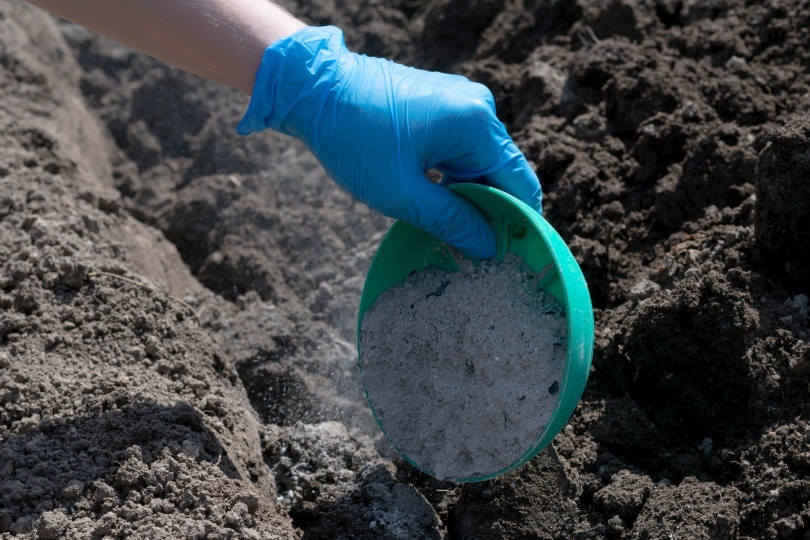What Gardening Zone Am I In? Hardiness Zones Explained
-
Pete Ortiz
- Last updated:

If you are new to gardening, something you’ve likely heard of quite a bit are hardiness zones. Hardiness zones can help you to determine which plants are most likely to thrive in your area. As a result, knowing your gardening zone will help you pick the best plants for your garden specifically.
 What Are Hardiness Zones?
What Are Hardiness Zones?
Hardiness zones are a standard that helps gardeners determine which plants are best able to thrive in their location. The zones are determined based on the area’s average minimum winter temperature. The map is divided into 10-degree Fahrenheit zones. In other words, each map zone represents a 10-degree temperature difference.
The hardiness zones range from 1A to 13B. Zone 1A is the coldest, where the average minimum temperature ranges from -60 to -55 degrees Fahrenheit. The hottest zone is zone 13B, where the average minimum temperature is between 65 and 70 degrees Fahrenheit.
Although there are only 13 zones, each zone is separated into an “A” or “B” category. Anything in the “A” category is in the first 5 degrees of the zone, whereas the “B” category is the second five degrees. For example, zone 10 ranges from 30 to 40 degrees Fahrenheit. 10A covers areas within the 30 to 35 degrees Fahrenheit area, and 10B covers the 35 to 40 degrees Fahrenheit area.
Note that the USDA plant hardiness map is updated by The US Department of Agriculture every few years. This makes sure that the zoning is up to date. The most recent zoning was updated in 2021. According to the most recent maps, only 11 of the 13 zones fall within North America. The rest of the zones are on different continents, as you can see below.

How Do You Find Out What Hardiness Zone You Live In?
The easiest way to find out what hardiness zone you live in is to consult the USDA plant hardiness zone map. This map is interactive so that you can get your hardiness zone based on your address. The further up north you live, the lower the zone number will be. In contrast, those who live in southern states will have a higher zone rating.
Once you put in your state or your address, you will be able to zoom in on the exact plant hardiness zone. The USDA even offers convenient maps so that you can see the hardiness zone map for your state specifically.
Limitations Of USDA Zones
Although the USDA hardiness zones are helpful for finding plants to survive your winter, there are some downsides.
In the western US, many planters use sunset climate zones instead. This system includes other information in addition to the minimum temperature, such as summer temperatures, length of the growing season, humidity, wind, and rainfall. This creates a more accurate picture of which plants will thrive in your area.
If you live in the western United States, you might want to check out the sunset climate zones in addition to the USDA hardiness zones.
Something else to consider is that the US hardiness zones do not guarantee plants will thrive in your area, even if you select plants that fall within the same hardiness zones. Many other factors can cause your plants to die, not only temperature. Plus, the zones are based on yearly averages. If the winter is colder than the average, the plant might not survive.
How Do You Use Hardiness Zones?
Once you understand what the hardiness zone is and its purpose, it is actually easy to use hardiness zones to your advantage. Simply put, use your hardiness zone as a guide to know which plants to put in your garden. Still, only view the hardiness zones as a guide when selecting plants to grow in your yard.

Select Plants That Thrive In The Same Hardiness Zone As You Live In
Because your hardiness zone tells you about the lowest average temperature in your area, you want to select a plant that has the same general hardiness zone. This will make it more likely for your plant to survive your winters. Be sure to check out USDA hardiness zones when planting perennials, shrubs, and trees specifically. Hardiness zones are not as important for annuals.
For example, let’s say that you live in Tennessee, which is hardiness zone 7. Because hardiness zone 7 is right in the middle, most plants can grow here. This includes cool weather vegetables, crops, and many flowers. In contrast, someone who lives in the northernmost part of North Dakota lives in hardiness zone 3B, which has more limited options.
Most plants can grow in a range of hardiness zones. For example, many native plants in the United States grow in hardiness zones 4 through 8 with minimal problems. As a result, people who live in more temperate areas will have many plants to choose from.
Only Treat The USDA Hardiness Zones As A Guide
Because there are some limitations of hardiness zones, only use these zones as a guide. After all, the zone does not guarantee that the plant will survive the winter. Knowing that the map is only a guide will help you have realistic expectations for your plants.
Consult Other Zoning Maps
Consider checking out other types of zoning maps if you live in the western United States or an area with extreme weather. That way, you are even more likely to select plants that can survive in your environment. If you live on the East Coast or in a temperate area, the hardiness zone map is generally enough to give you an idea of which plants will grow in your environment.
 Conclusion
Conclusion
Hardiness zones tell you the average minimum temperature in your area. Although there are 13 zones around the world, only 11 are in North America. You then use this hardiness zone to determine which plants can survive the winter and thrive in your area.
Although the USDA hardiness zones are very helpful, they come with some limitations. If you live in the western United States, for example, you might want to consult sunset zoning in addition to the hardiness zones. No matter where you live, remember that the USDA hardiness zones are only a guide. Don’t expect your plants to survive the winter in all situations.
Featured Image Credit: Richard Pratt, Shutterstock
Contents

 What Are Hardiness Zones?
What Are Hardiness Zones?